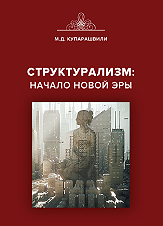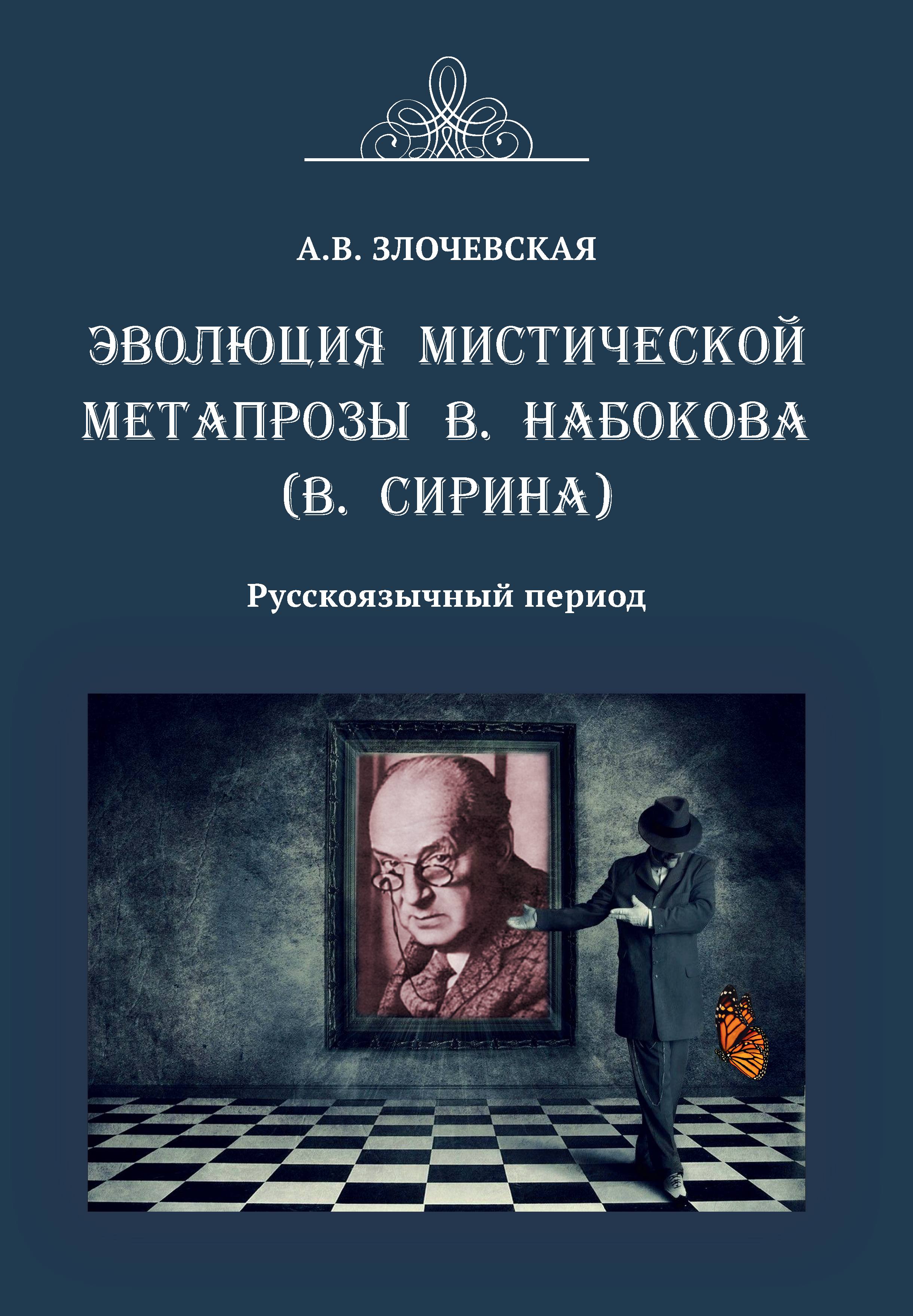Sergey V. Reznik, Dr. Sc. (Engineering), Professor, Head of Dpt. SM-13, Bauman Moscow State Technical University, e-mail: sreznik@bmstu.ru
Victoriya V. Moiseenko, Graduate student of Dpt. SM-13, Bauman Moscow State Technical University, Chair of the Board of the Student Scientific and Technical Society n.a. N. E. Zhukovsky, e-mail: mvvmoiseenko@yandex.ru
In the light of the urgency of achieving national technological sovereignty, the issues of organizing the work of student design bureaus (SDB) are considered. In previous years, these student associations have shown their effectiveness in training creative professionals with higher technical education. A comparison of the SDB with other traditional forms of ‘student science’ is presented. The analysis of the sustainability and effectiveness of the SDB is based on the analysis of the experience of their organization in one of the leading technical universities of the country — Bauman Moscow State Technical University. In the work of the SDB, with a frequency of 2–3 years, problems arise of a kind of ‘growing up’ and changing the composition, when the initiators or enthusiasts of certain projects graduate and leave the university. Often, not only a specific scientific project is closed, but also an entirely thematic area. The options for the evolution of the SDB and the expected changes in the status of the team are discussed. Several typical scenarios of such an evolution are highlighted. Among the main conditions for ensuring the organizational stability of the SDB, the high responsibility of the university administration for the availability of guaranteed budget financing for the work of the SDB personnel core, the need to provide infrastructure services (premises, maintenance, security) was noted. The danger of transferring the SDB exclusively to a commercial basis and making money by increasing the number of business contracts is emphasized. The effectiveness of the SDB's work should be assessed not by the number of projects and the amount of funds spent, but by the qualitative growth of knowledge, skills acquired by graduates in the process of creative activity with the participation of teachers and industrial partners. Another prerequisite for sustainability is the close relationship of the SDB with the departments as centers of science and full-fledged technical education. Only in this way will the SDB play a useful role in achieving national technological sovereignty and leadership.
Keywords: higher technical education, technological sovereignty, student design bureaus, sustainability, work efficiency
References
1. Reznik, S.V., Moiseenko, V.V. Student design bureaus. Part 1. The historical experience of team projects. Alma mater. Vestnik vysshey shkoly. 2025. No. 6. Pp. ?–?
2. Naumov, V.N., Sarach, E.B. From tanks to planetary rovers. Engineering Journal: Science and Innovation. 2013. Iss. 3. 10 p. URL: http://engjournal.ru/catalog/machin/transport/624.htm
3. Scientific and educational complex “Special Mechanical Engineering” of the Bauman Moscow State Technical University. Scientific edited by V.V. Zelentsov. Moscow, 2010. Pp. 66–69.
4. Batanov, A.F., Mingaleev, S.G., Ochkin, I.V. Robotic complexes in the airmobile groups of the Ministry of Emergency Situations of Russia. Technologies of civil safety. 2019. Vol. 19. No. 2 (60). Pp. 60–69.
5. Verba, G.E., Shchugarev, S.N., Ivchenko, B.A., Ponomarev, P.A., Talesnikov, M.V. Modern global trends in creation aeronautical engineering in the interests of law enforcement agencies. Proceedings of the Southern Federal University. Technical sciences. 2012. No. 3 (128). Pp. 49–57.


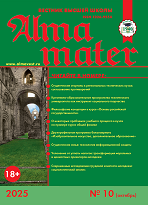
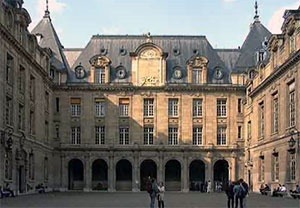
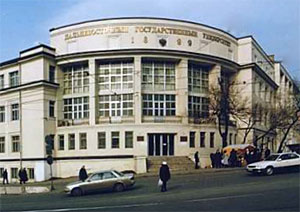

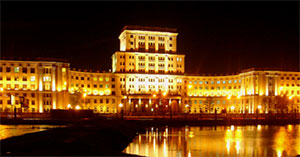

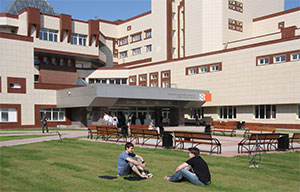



.png)
